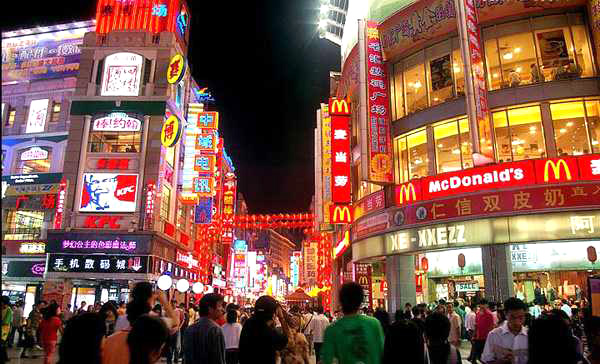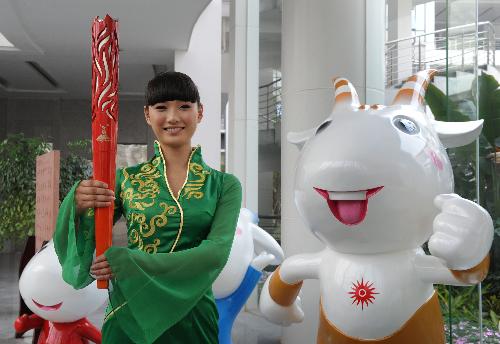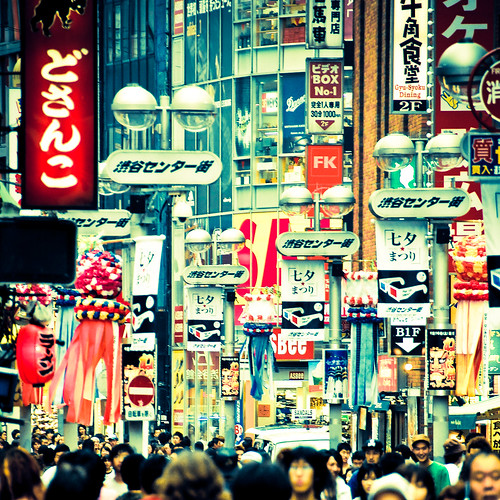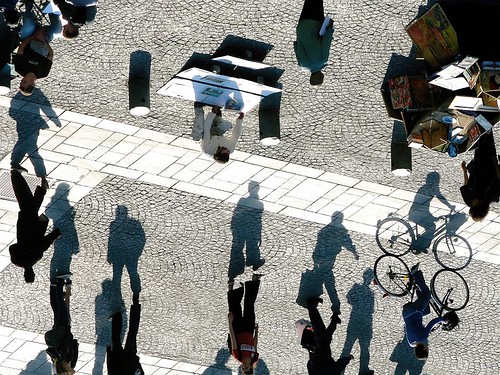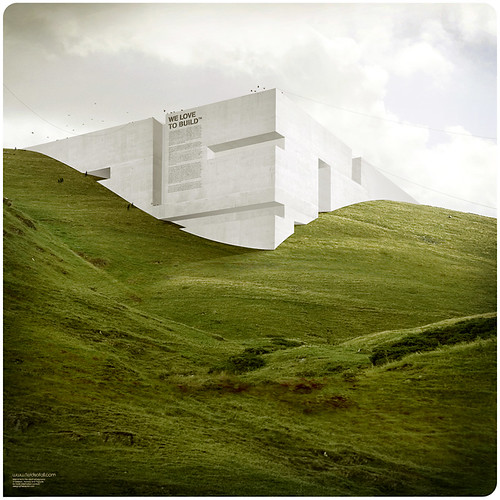travel, tour, tourism, world, travel packages, travel guide, travel tips, travel agency, travel information, world travel guide, world travel ticket, world map
http://ancientwondersdasmonalisa.blogspot.com/2007/12/middle-ages-seven-wonders.html
Porcelain Tower of Nanjing ChinaThe Porcelain Tower (or Porcelain Pagoda) of Nanjing (Chinese: 南京陶塔; pinyin: Nánjīng Táotǎ), also known as Bao'ensi (meaning "Temple of Gratitude"; Chinese: 大报恩寺, Da Bao'en Si), is a historical site located on the south bank of the Yangtze in Nanjing, China. It was a pagoda constructed in the 15th century during the Ming Dynasty, but was mostly destroyed in the 19th century during the course of the Taiping rebellion. The tower is now under reconstruction.
DescriptionThe tower was octagonal with a base of about 97 ft in diameter. When it was built, the tower was one of the largest buildings in China, rising up to a height of 260 feet with nine stories and a staircase in the middle of the pagoda, which spiraled upwards for 130 steps. The top of the roof was marked by a golden sphere. There were originally plans to add more stories, according to an American missionary who in 1852 visited Nanjing. There are only a few Chinese pagodas that surpass its height, such as the still existent 275 ft tall 11th-century Liaodi Pagoda in Hebei or the no longer existent 330 ft tall 7th-century wooden pagoda of Chang'an.
The tower was built with white porcelain bricks that were said to reflect the sun's rays during the day, and at night as many as 140 lamps were hung from the building to illuminate the tower. Glazes and stoneware were worked into the porcelain and created a mixture of green, yellow, brown and white designs on the sides of the tower, including animals, flowers and landscapes. The tower was also decorated with numerous Buddhist images.
HistoryThe Porcelain Tower of Nanjing was designed during reign of the Yongle Emperor (r. 1402-1424) shortly before its construction, in the early 15th century. It was first discovered by the Western world when European travelers visited it, sometimes listing it as one of the Seven Wonders of the World. After this exposure to the outside world, the tower was seen as a national treasure to both locals and other cultures around the world.
In 1801, the tower was struck by lightning and the top three stories were knocked off, but it was soon restored. The 1843 book The Closing Events of the Campaign in China by Granville Gower Loch contains a detailed description of the tower as it existed in the early 1840s. In the 1850s, the area surrounding the tower erupted in civil war as the Taiping Rebellion reached Nanjing and the Taiping Rebels took over the city. They smashed the Buddhist images and destroyed the inner staircase to deny the Qing enemy an observation platform. American sailors reached the city in May 1854 and visited the hollowed tower. In 1856, the Taiping destroyed the tower in order to prevent a hostile faction from using it to observe and shell the city. After this point, the tower's remnants were forgotten and it lay dormant until a recent surge to try and rebuild the landmark.
http://en.wikipedia.org/wiki/Porcelain_Tower_of_Nanjing
Details from the search :Porcelain Tower of Nanjing - Wikipedia, the free encyclopediaWhen it was built, the tower was one of the largest buildings in China, ... The Porcelain Tower of Nanjing was designed during reign of the Yongle Emperor ...
en.wikipedia.org/wiki/Porcelain_Tower_of_Nanjing
Interesting Facts About Porcelain Tower Of Nanjing - Fun Facts ...Learn some interesting and fun facts about Porcelain Tower of Nanjing, situated in China, which was one of the 'Seven Wonders of the World' during Medieval ...
lifestyle.iloveindia.com/.../porcelain-tower-of-nanjing-3569.html
Porcelain Tower of Nanjing, China - 7 wondersThe Porcelain Tower of Nanjing does not exist now but it was located on the south bank of the Yangtze. It means the “Temple of Gratitude”, also known as ...
www.7wonders.org/.../china/nanjing/porcelain-tower.aspx
Porcelain Tower of NanjingThe Porcelain Tower is in Nanjing, China, out on the banks of the Yangtze River. The Chinese people called it the Boa'ensi or the “Temple of Gratitude”. ...
library.thinkquest.org/.../porcelain_tower_of_nanjing.htm
The Kerala Articles: Porcelain Tower of Nanjing22 Nov 2007 ... The Porcelain Tower of Nanjing (Bao'ensi = Temple of Gratitude) China The Porcelain Pagoda, as illustrated in Fischer von Erlach's Plan of ...
keralaarticles.blogspot.com/.../porcelain-tower-of-nanjing.html
Wonders of the World series: The Porcelain Tower of NanjingThe Porcelain Tower of Nanjing, also known as the temple of gratitude, is a historical ... site located on the south bank of the Yangtze in Nanjing, China. ...
www.femalefirst.co.uk/.../Wonders+of+the+World+series+The+Porcelain+Tower+of+Nanjing-662.html
Porcelain Tower of Nanjing: Facts, Discussion Forum, and ...Nanjing served as the capital of China during several historical periods and .... The Porcelain Tower of Nanjing was designed by the Chinese Emperor Yongle ...
www.absoluteastronomy.com/.../Porcelain_Tower_of_Nanjing
StateMaster - Encyclopedia: Porcelain Tower of NanjingThe Porcelain Tower of Nanjing. Image:Http://wonderclub.com/WorldWonders/images/Porcelain.jpg. Location: Nanjing, China, out on the banks of the Yangtze. ...
www.statemaster.com/.../Porcelain-Tower-of-Nanjing
The Porcelain Tower of Nanjing | Travel, Work, Life...!31 Aug 2009 ... The Chinese Emperor Yongle designed Porcelain Tower of Nanjing. In China it's called Bao'ensi, which mean “ Temple of Gratitude”. ...
www.traveltowork.net/2009/08/the-porcelain-tower-of-nanjing/
Porcelain Tower of NanjingIt was built in the 15th century on the south bank of the Yangtze River near Nanjing, China. The octagon-shaped Porcelain Tower of Nanjing rose 260 feet ...
www.design-training.com/art/...of.../porcelain-tower-nanjing.html
travel, tour, tourism, world, travel packages, travel guide, travel tips, travel agency, travel information, travel advice, world travel guide, worldwide travel, world travel ticket, world ventures, world map, travel destinations


